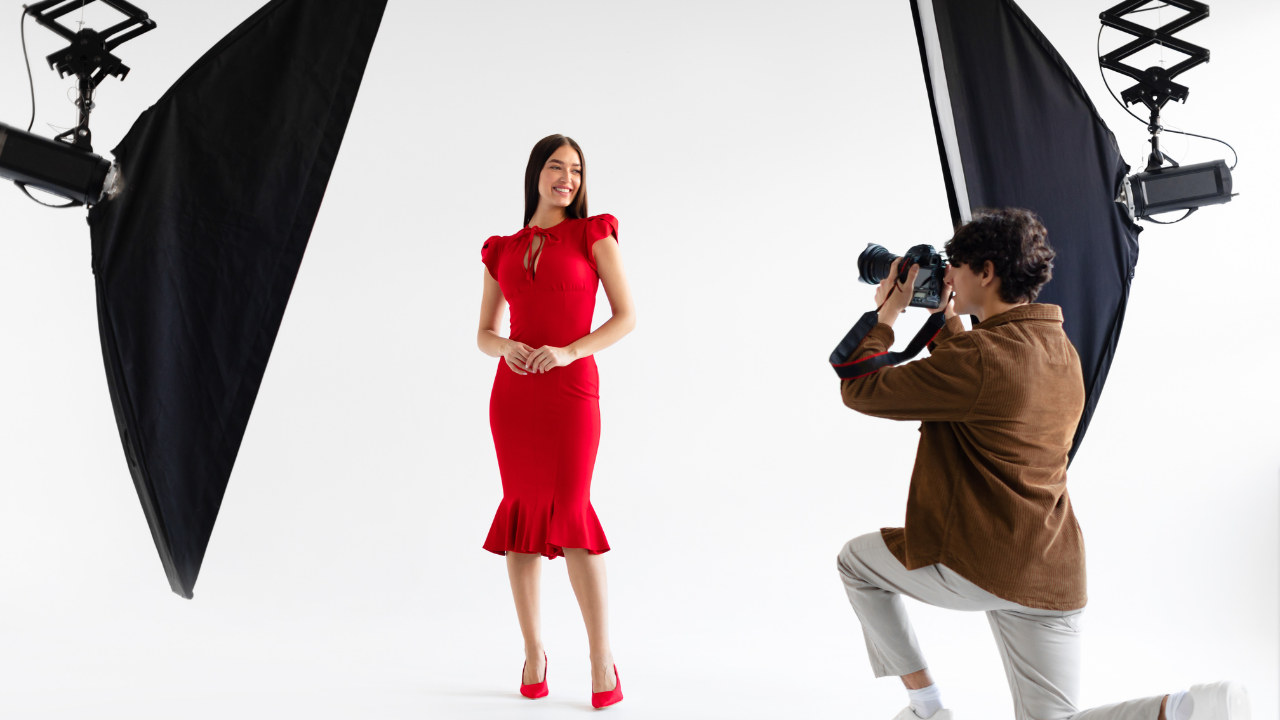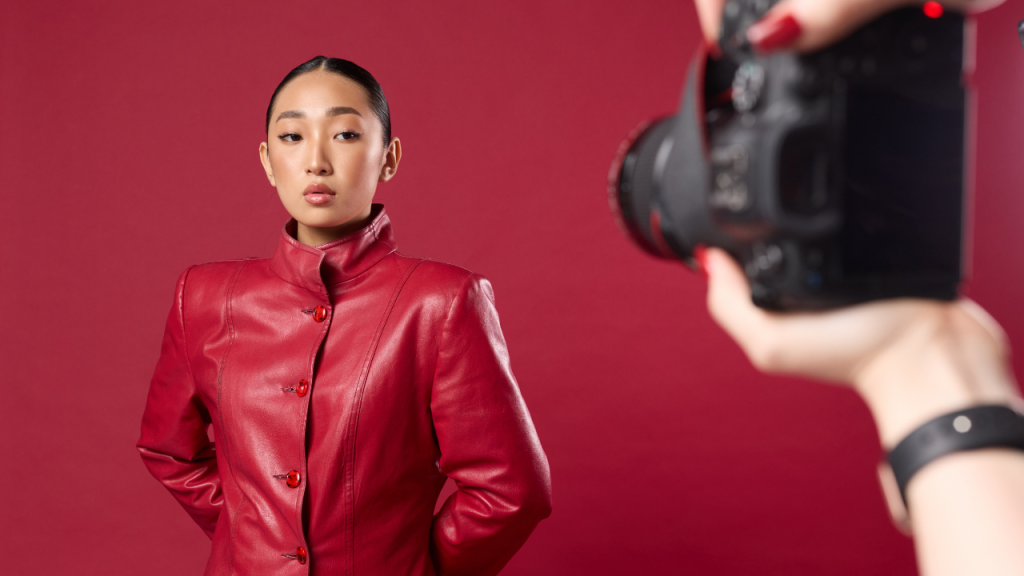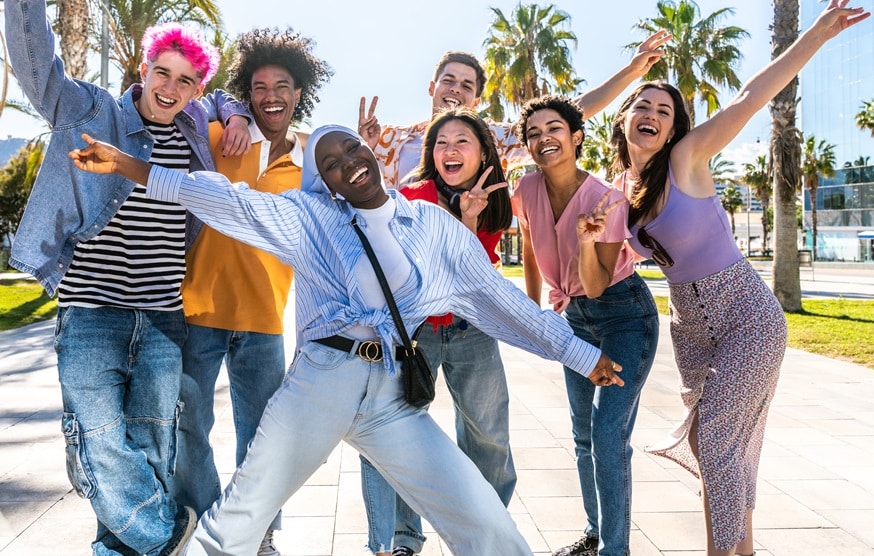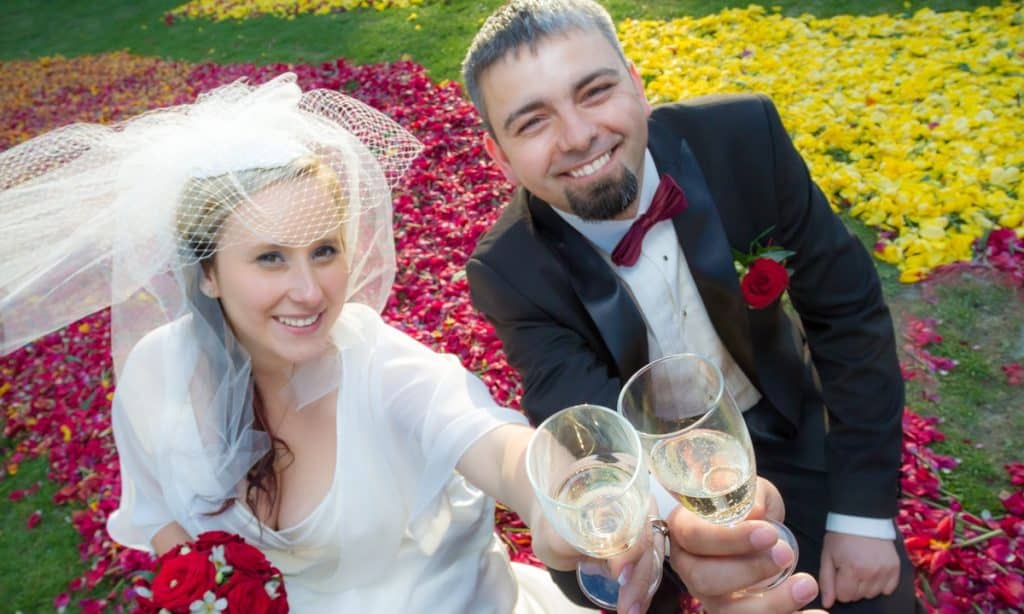
Event photography is more than just snapping pictures, it’s about capturing the magic and unforgettable moments of every gathering, from wild celebrations to milestone events. No matter your experience level, mastering different styles of photography can take your work to the next level. Check out these fun ideas and tips to boost your skills and explore the exciting world of event photography!
1. Understand the Event’s Nature

Before you begin, it’s essential to understand the nature of the event you’re photographing. Research the event’s purpose, venue, and the crowd dynamics to help you plan your shots accordingly. For example, a corporate event might require a more formal approach, while a birthday party can be more casual and energetic.
2. Create a Shot List
Creating a shot list before the event ensures that you capture all the key moments. A shot list may include significant interactions, keynote speakers, decorations, or rituals. By having a pre-planned list, you ensure that you don’t miss any crucial moments while also allowing room for spontaneous shots.
3. Use Natural Light Whenever Possible
Whenever possible, rely on natural light to create softer, more visually appealing photos. Position yourself near windows or outdoors to take advantage of sunlight. Natural light adds a timeless quality to photos, avoiding harsh shadows or unnatural colors created by artificial lighting. For indoor events with dim lighting, consider using external flashes or diffusers to keep the lighting soft and flattering.
See our article on event lighting to learn more
4. Capture Candid Moments

Some of the most memorable event photographs come from candid moments. Be observant and patient to capture spontaneous emotions like laughter, joy, or surprise. Using a long lens allows you to maintain distance while still capturing intimate moments, ensuring guests feel comfortable and uninhibited. Blending into the crowd and avoiding an intrusive presence can yield authentic, natural shots.
5. Focus on Details
While capturing the broader atmosphere of the event is essential, don’t overlook the small details that tell the event’s story. Close-up shots of decorations, table settings, or food presentations can add texture and depth to your photo collection. These shots help to create a fuller narrative, giving viewers a complete sense of the event’s ambiance and personality.
6. Communicate with Clients
Clear communication with your clients is crucial in event photography. Conduct pre-event consultations to understand the client’s expectations, key moments they want captured, and any specific requests they may have. Understanding their vision and developing a rapport will help you deliver images that meet (or exceed) their expectations. After the event, follow up promptly to share images and gather feedback, which can help improve future projects and lead to referrals.
7. Explore Different Types of Event Photography

Event photography can take on various forms depending on the type of gathering. Here are some popular types of event photography:
- Corporate Event Photography
Corporate events, such as conferences, seminars, and business meetings, require a professional approach. Focus on capturing the key moments like speeches, award ceremonies, and interactions between colleagues. Corporate clients often want images that reflect their brand and corporate culture, so ensure you capture a mix of posed shots and candid moments.
- Wedding Photography
Wedding photography is one of the most popular types of event photography. It requires attention to detail and a blend of staged and candid shots. From capturing the emotional moments during the vows to the couple’s first dance, wedding photography tells the story of the day. It’s important to collaborate closely with the couple to ensure their vision is fulfilled.
- Birthday Parties and Celebrations
Celebrations like birthday parties or anniversaries often have a lively and casual atmosphere. Your role as a photographer is to capture the joy, excitement, and interactions between guests. A mix of posed group shots and candid moments ensures that the photos reflect the fun and energy of the event.
8. Event Photography Packages
Offering tailored event photography packages is a great way to cater to different client needs. These packages can vary based on the size and nature of the event, the number of hours you’re hired for, and any additional services like editing or album creation. Here are some ideas for packages:
- Basic Package: Ideal for small gatherings, this includes coverage for a limited number of hours, a set number of edited images, and digital delivery.
- Standard Package: Suitable for medium-sized events like birthday parties or corporate functions, offering extended coverage, more edited photos, and options for prints.
- Premium Package: Perfect for large-scale events like weddings, this package could include full-day coverage, a second photographer, a customized album, and extra editing services.
By offering a variety of event photography packages, you can cater to different budgets and requirements while ensuring your clients get the most value from your services.








